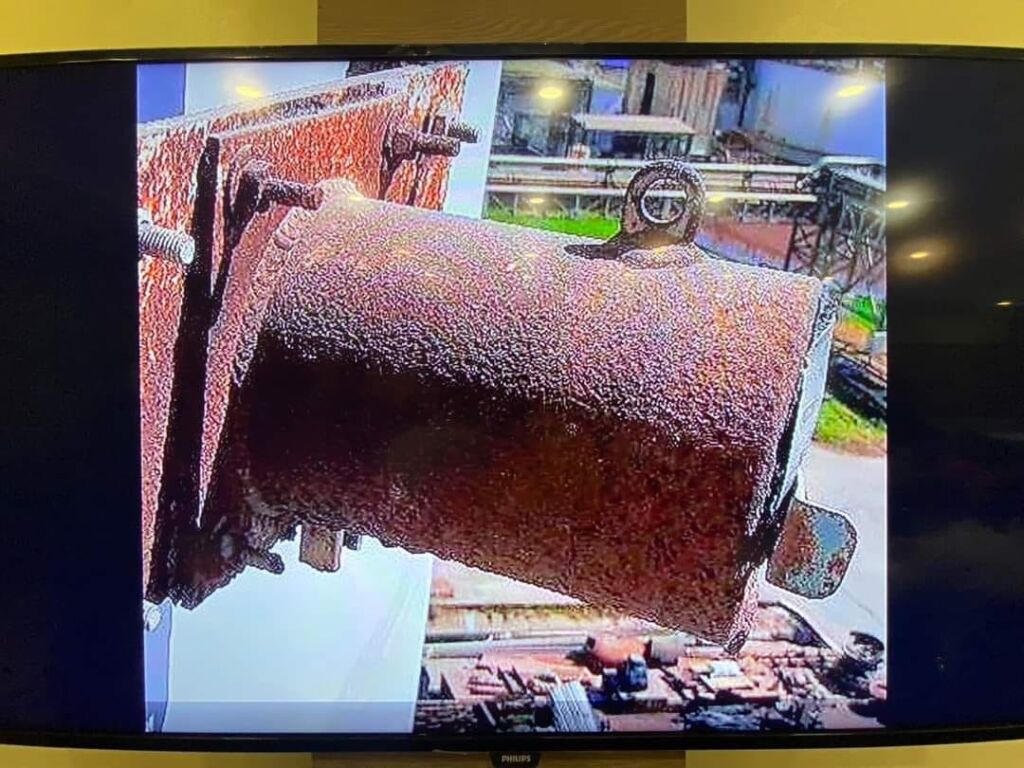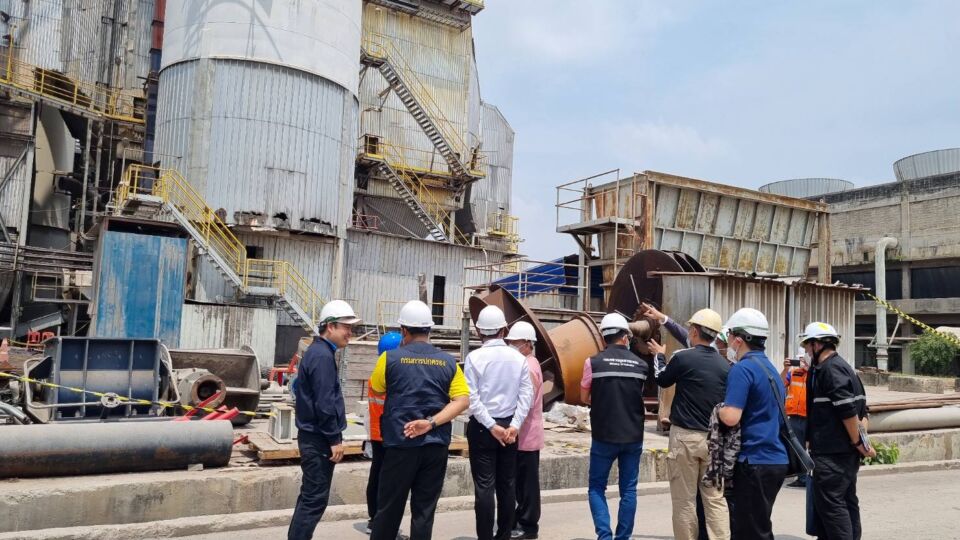Thai health authorities said they are monitoring the health of residents in Prachinburi province after traces of radioactive material linked to a missing device were found at a smelting plant.
The facility has been sealed off since yesterday after traces of radioactive Cesium-137 led a search team to search it. The cylinder had been missing since late last month from a power plant that only reported its absence one week ago.
The episode has sparked fears of a repeat of a similar incident in 2000 when scrappers cut open a device packed with Cobalt-60 just southeast of Bangkok. Ultimately three people died and 10 suffered serious radiation sickness.
Officials in Prachinburi were conducting blood tests on roughly 70 workers at the scrap yard and steel melting plant, which was ordered to halt operations and will be sealed off until further notice.
Earlier this morning, the officials had indicated that the device had been found. As of Monday afternoon, it was unclear whether they had recovered all of its radioactive contents.
Despite public fears of radiation exposure, the authorities said they were confident the incident would not affect people or the environment. As of Monday afternoon, no evacuation orders had been issued for anyone living nearby.
Samples from soil, water, and air within a 5-kilometer radius from the factory did not detect any Cesium-137 contamination, according to Kitkawin Aramrun, a senior radiation physicist with the Atoms for Peace Office.
Prachinburi Gov. Ronnnarong Nakornjinda said that people should not panic and insisted that officials had the situation and location “under control.”
Nonetheless, provincial authorities and Atoms for Peace officials were criticized for failing to provide clear, comprehensive, and prompt information to the public at their early Monday afternoon news conference.
Tara Buakamsri, director for Greenpeace Southeast Asia, said the authorities had “failed” to communicate to the public. He said that that he was “confused” by this afternoon’s press conference and said Greenpeace was trying its best to summarize the details for the public.

Given that Cesium-137 is a gamma emitter with a half-life of 30 years, it’s too soon to be sure the public won’t be affected. Any potential contamination can pose risks to humans for decades to come.
Exposure to large amounts of Cesium-137 can cause burns, acute radiation sickness, and even death. Exposure to high-energy gamma radiation can increase the risk of cancer.
The radioactive cylinder, which is about 20 centimeters long and 15 centimeters in diameter, had been missing in February but was reported missing to police only on March 10 from the National Power Plant 5A. The factory originally set a bounty for those with information that led to the Cesium-137 discovery before later doubling it to THB100,000.
Clarification: An earlier version of this story indicated that the cylinder had been found. Officials now say they only found radioactive materials linked to it, and it was unclear whether the cylinder remains missing.
Related
Missing highly radioactive cylinder found in scrap yard
Missing: 1 highly radioactive cylinder misplaced by Thai power plant




